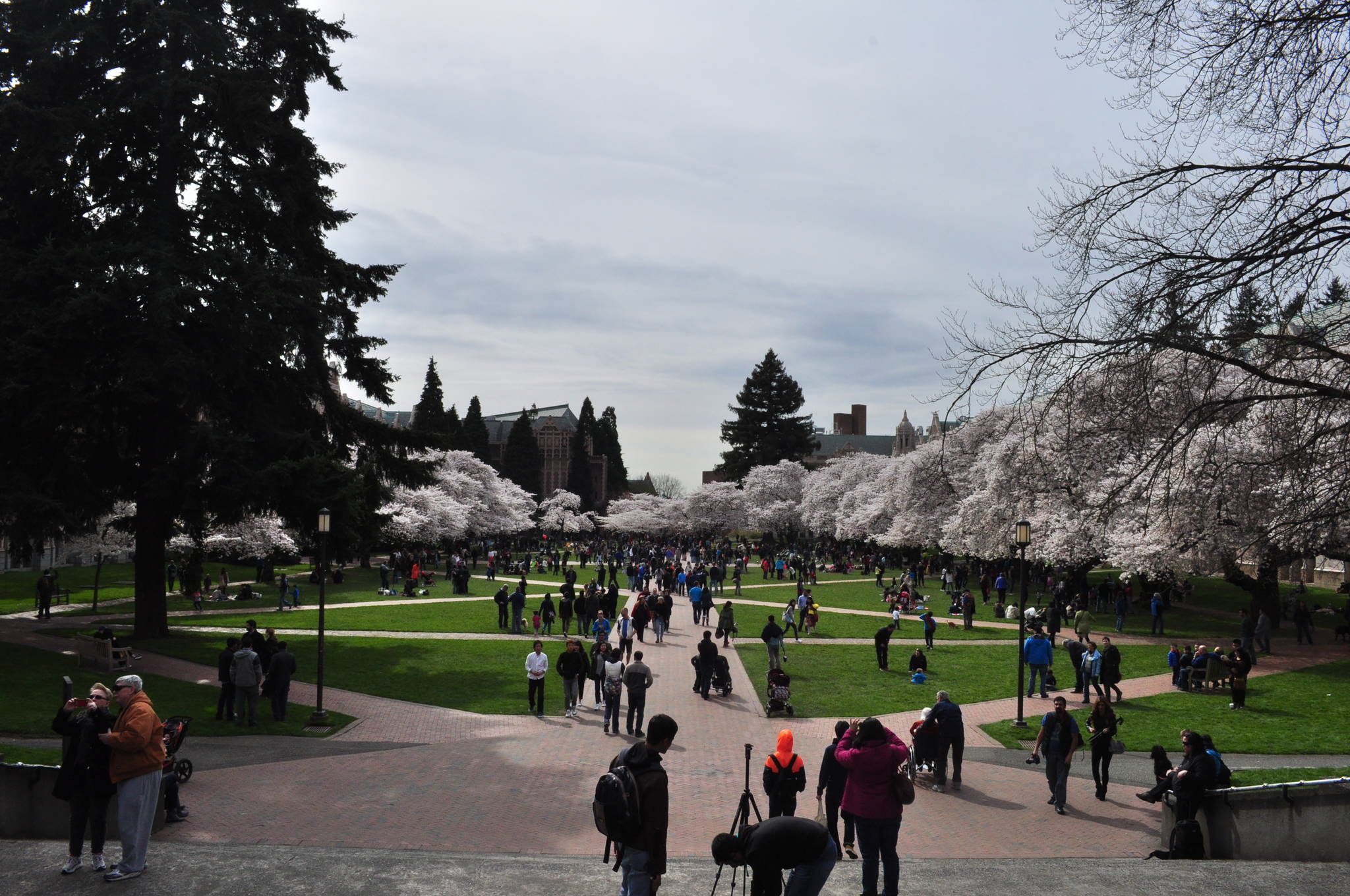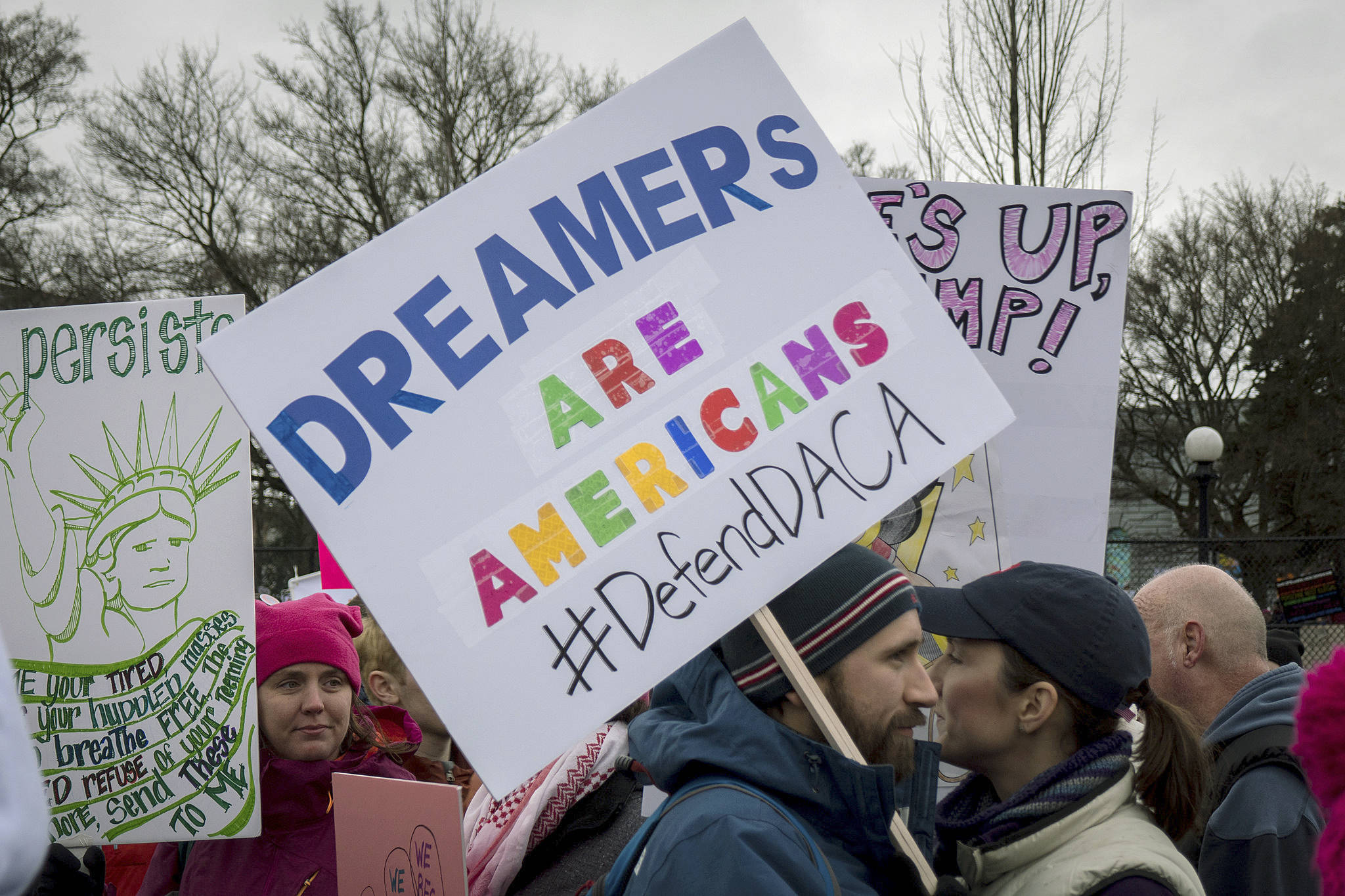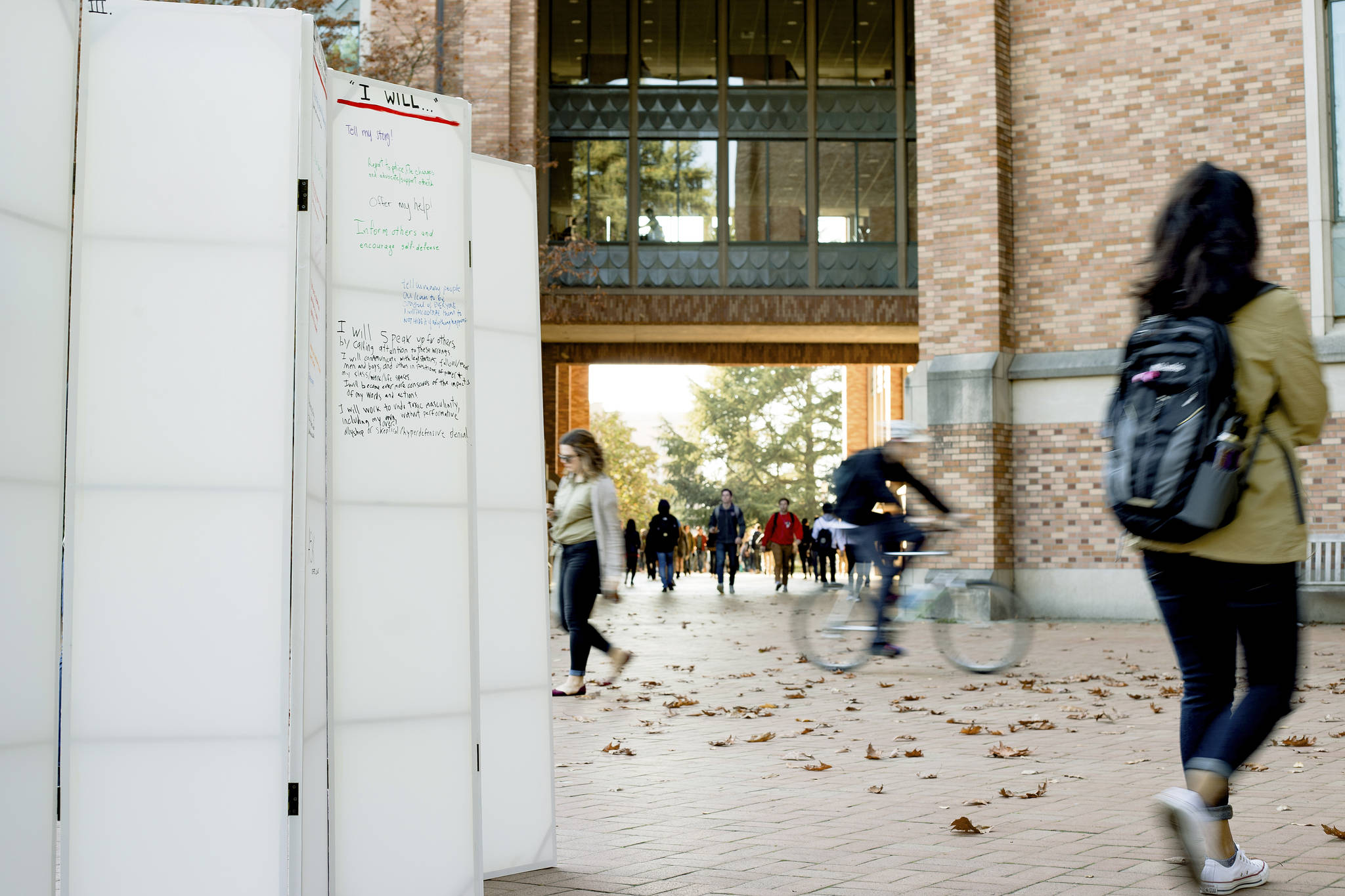As a 20 year veteran at UW Medical Center, physical therapist Emily Sharp has seen the U District undergo extensive social, economic, and cultural changes. So she’s blunt about the current reality for university employees and the neighborhood’s business owners.
“People doing the work here just can’t stay anymore,” Sharp said.
The cost of living has been rising in the U District for years, but Sharp worries that UW’s proposed campus expansion, along with the upzone approved by the Seattle City Council last year, will push employees even farther away from the area. She fears this will eventually cause UW to lose the researchers and workers that make the school remarkable.
UW’s campus master plan for 2018–2028, the regulatory vehicle for any future development, includes further campus expansion to keep up with anticipated enrollment growth, increased teaching demands, and overall economic advancement. The proposed expansion is extensive. It would add a third more buildings (mostly on west and east campus) to account for an estimated increase of 10,000–15,000 UW students and employees. The university has been working on the plan since 2015.
On Jan. 16, the Seattle Office of the Hearing Examiner recommended the University of Washington campus master plan by issuing an extensive 37-page document. The office included 59 proposed changes to deal with urban design, transportation, and historic preservation. The university can either choose to implement or ignore these. Once finalized, the plan will go before the City Council for final approval.
In response, leaders from the U District Alliance for Equity and Livability filed formal petitions appealing the office’s decision on Jan. 30. The group claims that the Hearing Examiner Sue Tanner’s findings ignored key recommendations from community groups, including Seattle’s City University Community Advisory Committee and the U District Alliance. Concerns about the plan include traffic gridlock, slow transit in the area, and increased housing costs, which could push local business owners and university employees out of the U District.
“Our concerns broadly are in two main areas: neighborhood impact and livability near campus, and how the expansion will impact university employees, particularly low wage employees,” said David West, adviser for the U District Alliance.
Critics also worry about the carbon burden the plan could create.
“We know from the environmental impact statement that it is likely the expansion will increase housing prices in the area,” West said. “We know it’s likely that it will create much more traffic and congestion in the U District. UW’s own environmental impact statement indicated that 12 of 13 major intersections will be gridlocked even if the university meets its own environmental goals in this plan.”
During a public comment period, the city received over 60 letters from community members, expressing a variety of opinions about the master plan. Many of the letters reflected the same concerns articulated by Sharp and West—that low wage earners living in the U District will be pushed out by increased development.
“Most employees live in the U District or in southeast Seattle, and are impacted by these rising costs,” West said. “Seattle has become a very expensive city to live in, but one thing they can do is help their employees that are least able with housing subsidies or provide more affordable housing.”
One major concern of West’s is the lack of affordable housing proposed in the plan.
“Since the university also includes the hospital, UW Medical Center, and various clinics, they own land all over the metro region,” West said. “Many of these pieces of property could be used to build additional housing.”
Chase Landrey, the community engagement director for the U District Partnership, expressed concern that there are many community members who simply don’t know that these expansion plans are happening.
“There is definitely a divide between who knows about it and who doesn’t know about it, and responses are mixed,” Landrey said.
One consequence of pricing employees out of living in the U District is an increasing lack of diversity among UW staff, Sharp said.
“We have the young people who aren’t married and don’t have kids, and then we have everyone over 40 who has been here forever,” Sharp said. “We’re missing the middle. All these people who don’t make tech job salaries can’t afford to live near where they work and are just getting pushed out farther and farther away.”
Sharp currently lives in Capitol Hill with her family, something she says she wouldn’t be able to do if she was buying in the current market.
“With the way living costs are now, there is no way I would be able to live where I live if I hadn’t done it so long ago,” Sharp said. “I would be pushed out just like everybody else.
UW’s master plan will be sent to the City Council within the next month for additional amendments or final approval.
mquinton@seattleweekly.com








